ESSENTIAL RECOMMENDATIONS
Textile and Garment Exports: Transforming to Adapt
Recently, the world has experienced significant upheavals that have profoundly impacted the global economy. According to UN forecasts, global growth is expected to decrease from 3% in 2022 to only 1.9% in 2023, marking one of the lowest growth rates in recent decades. Economic downturns can severely affect the global textile and garment market, reducing consumer demand, causing currency fluctuations, and impacting product costs and the competitiveness of enterprises…
Forecasting the Textile and Garment Industry Situation Until the End of 2023 and Into 2024
Recently, the world has experienced significant upheavals that have profoundly impacted the global economy. According to UN forecasts, global growth is expected to decrease from 3% in 2022 to only 1.9% in 2023, marking one of the lowest growth rates in recent decades. Economic downturns can severely affect the global textile and garment market, reducing consumer demand, causing currency fluctuations, and impacting product costs and the competitiveness of enterprises.
In the context of an anticipated 8-10% decline in global textile demand, the difficult situation for Vietnam's textile industry may continue until the end of 2023 and into the following year, with an estimated export turnover of USD 40.3 billion, down 9.2% from 2022. Since Q4 of 2022, textile exports have shown signs of weakness, particularly in the first seven months of 2023, when the export turnover reached only USD 22.8 billion, a decrease of USD 14.7 billion compared to the same period in 2022.
Challenges from Domestic Pressures and Export Market Demands
- Severe Shortage of Orders: The prevailing sentiment of saving and reluctance to spend has led to a sharp decline in demand for textile products, especially in major markets like the US and Europe.
- Green Product Requirements: The demand for environmentally friendly products and recycling standards has put significant pressure on domestic enterprises, requiring substantial and long-term investments to develop sustainable and comprehensive supply chains.
- Rising Inflation: Increasing input costs have created pressure to lower product prices. Many Vietnamese enterprises report that processing prices have dropped by up to 50% compared to previous years.
Other pressures include dependency on imported supplies from China, complicating commitments under trade agreements; ineffective government incentives due to complex requirements and procedures; and FDI enterprises often meeting government incentive conditions better than domestic firms, creating competitive pressure in the domestic market.
- Proactively Transforming to Adapt to the New Context
- Leveraging Opportunities from Free Trade Agreements (FTAs): Enhancing the competitiveness of Vietnamese textile brands in international markets.
- Innovating Production Methods: Shifting towards environmentally friendly products.
- Accelerating Automation in Production: Keeping pace with the trends of digital transformation.
- Ensuring Transparency and Clear Direction in Export Promotion Policies: Providing specific models and guidance for enterprises, particularly towards a green economy and digitization.
OTHERS

Promoting Vietnam-Australia Agricultural Trade in the Context of Implementing Free Trade Agreements
Australian imports are increasingly well-received by Vietnamese consumers. Australia is becoming a reliable supplier for Vietnam's production needs, providing ...
More details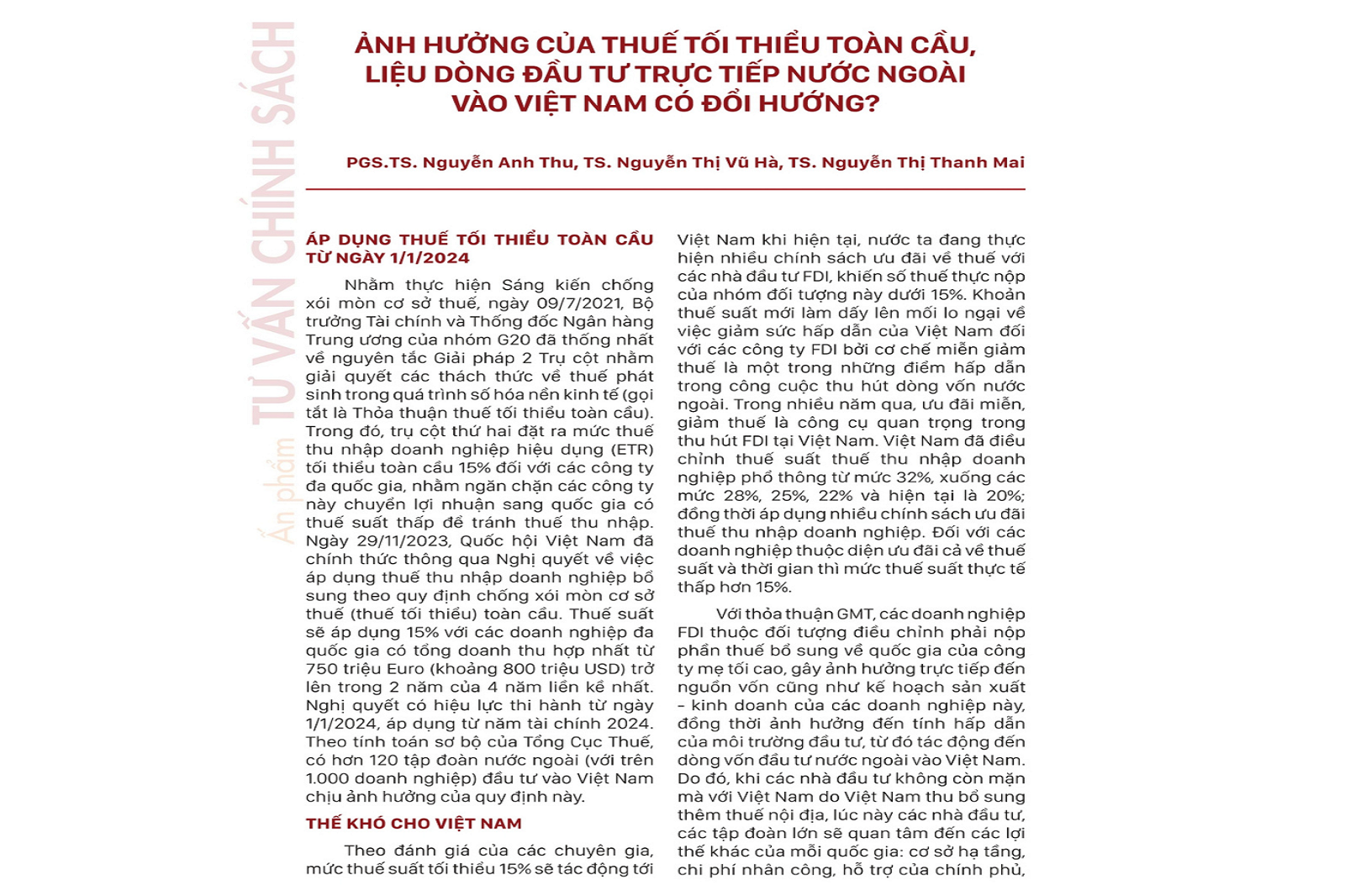
Will the Implementation of Global Minimum Tax Redirect Foreign Direct Investment into Vietnam?
To combat base erosion and profit shifting, on July 9, 2021, finance ministers and central bank governors of the G20 agreed on the principles of the Two-Pillar ...
More details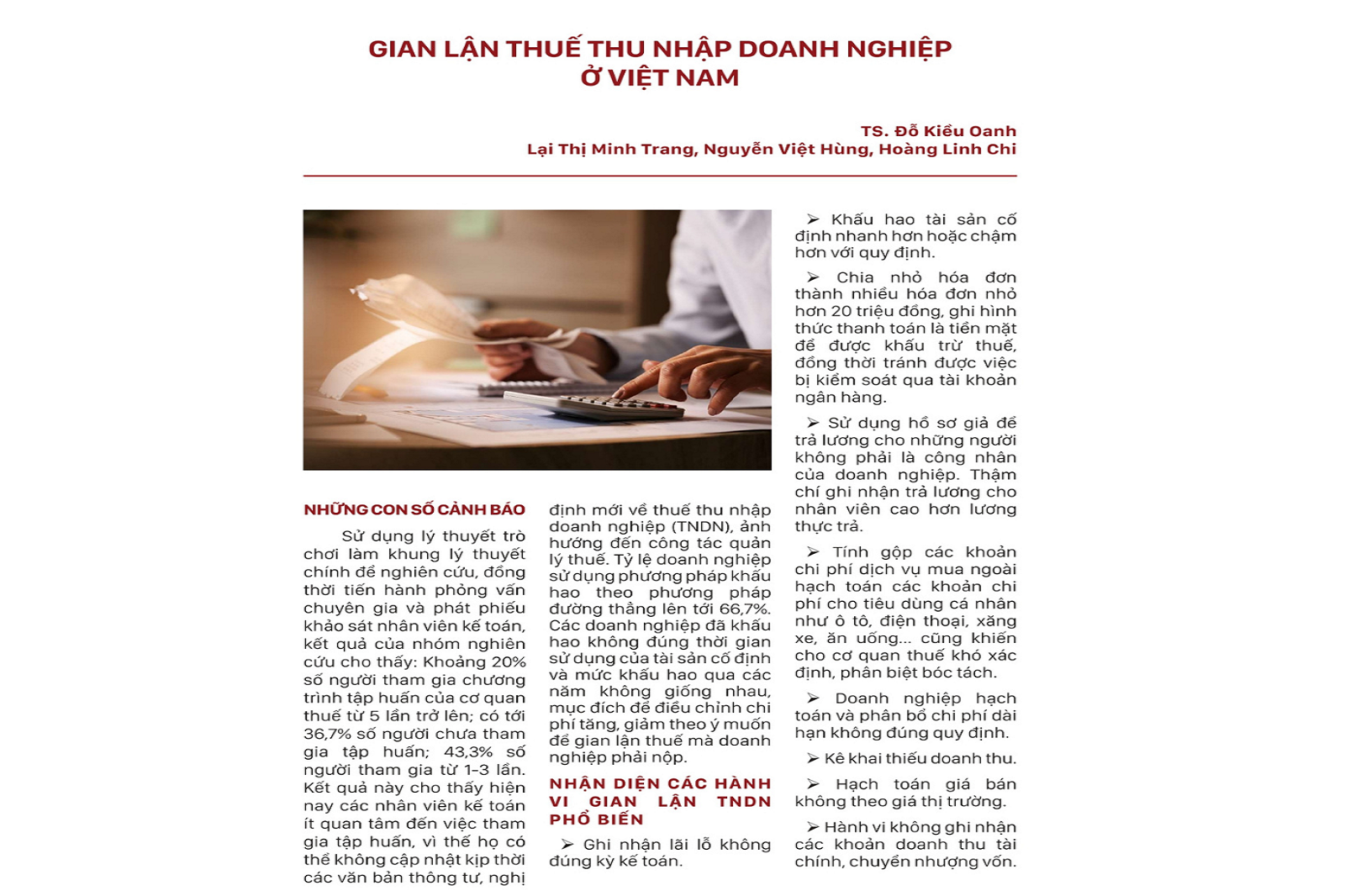
Corporate Income Tax Fraud in Vietnam
Using game theory as the main theoretical framework for the study, along with expert interviews and surveys of accountants, the research team found that ...
More details
Provisioning by Banks During the COVID-19 Pandemic
Provisions for loans are crucial for the stability of banks as they serve as a safety "buffer" to mitigate the risks of defaults and systemic risks in ...
More details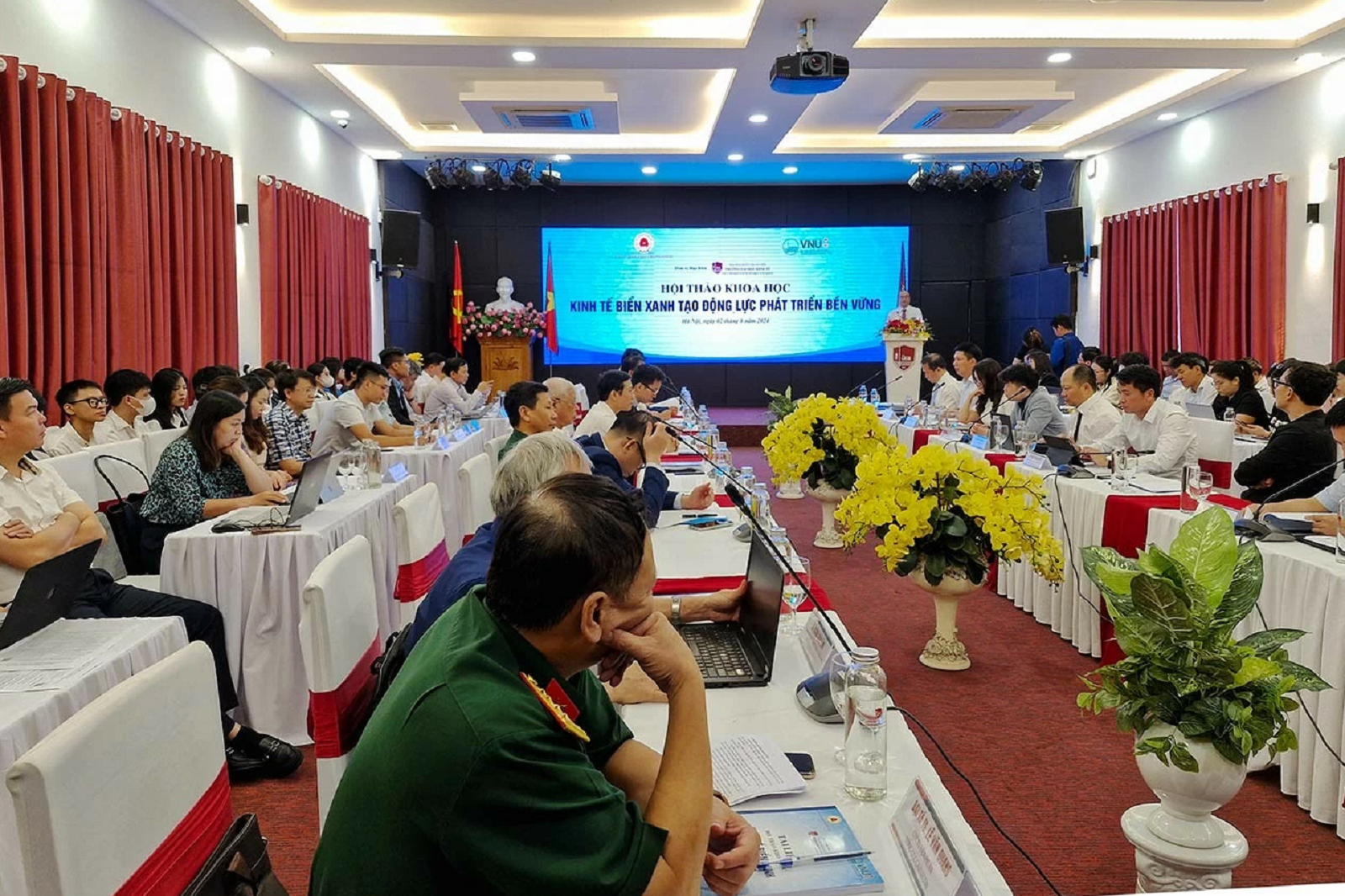
Blue Economy as a Driver for Sustainable Development
The green transition and the development of a blue economy are not only global trends but also consistent policies of the Party and the State of Vietnam, ...
More details
ASEAN Economic Cooperation Forum and Emerging Economies with the Russian Federation in the New Context: Issues and Prospects
Today, international economic cooperation between countries faces significant challenges. The trade volume between Russia and Vietnam, as well as between ...
More details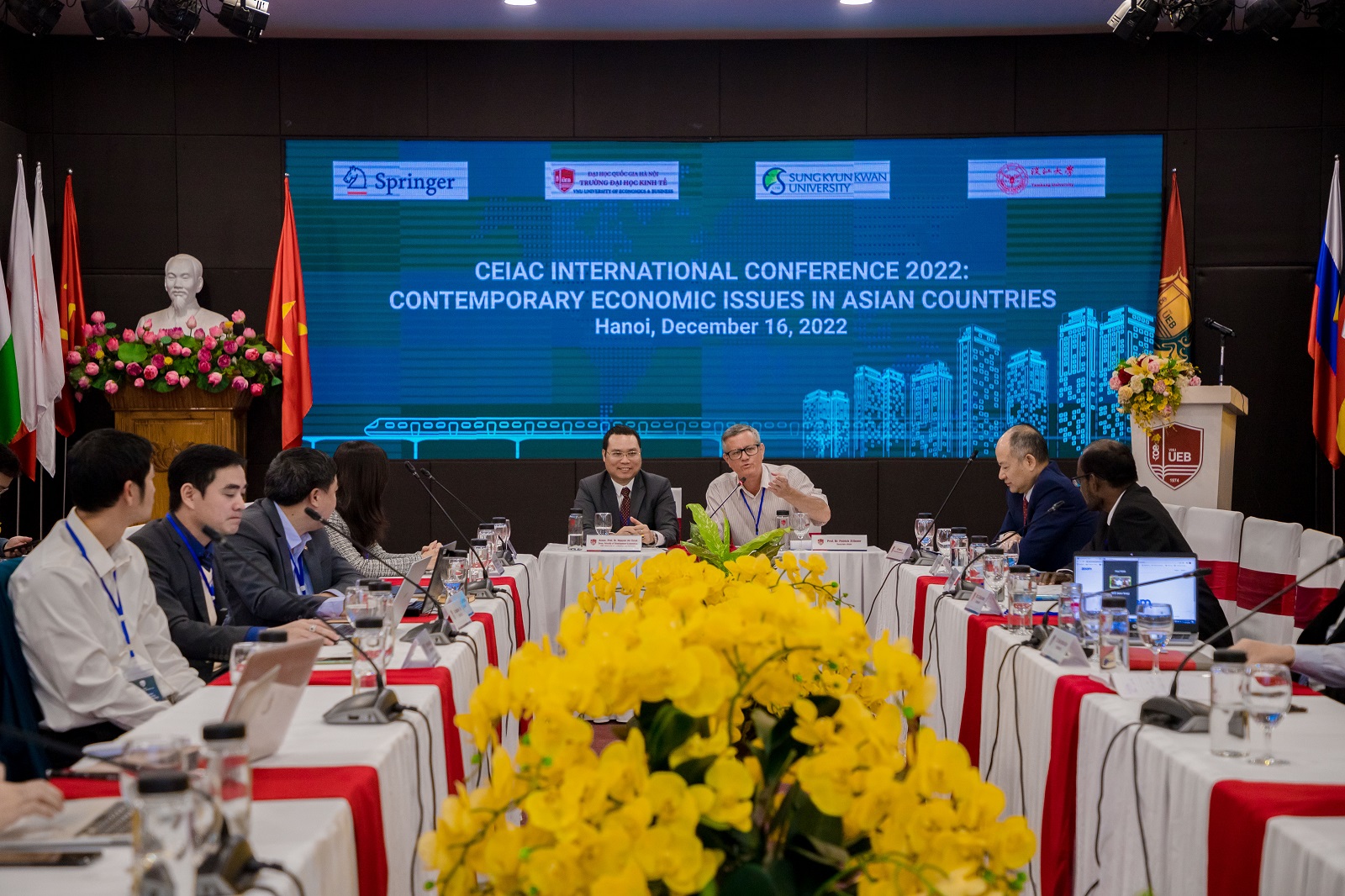
Contemporary economic issues in Asian countries
On December 16, 2022, UEB organized the international workshop “Contemporary Economic Issues in Asian Countries” (CEIAC 2022) to enhance scholarly and ...
More details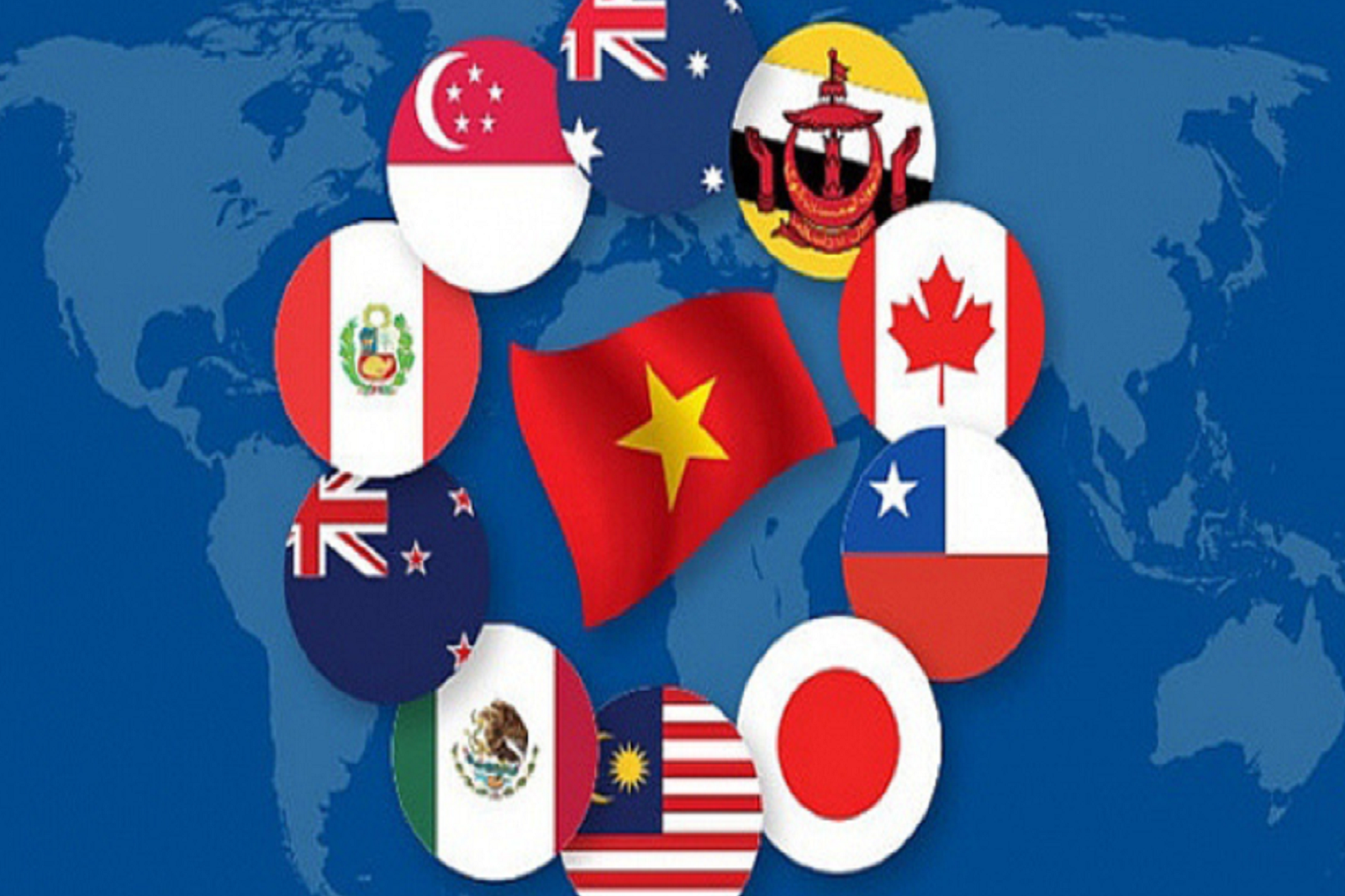
Regional economic integration and its impact on businesses
Research revealed how free trade and competition enhance the efficiency of businesses and economies. Import competition drives firms to increase productivity, ...
More details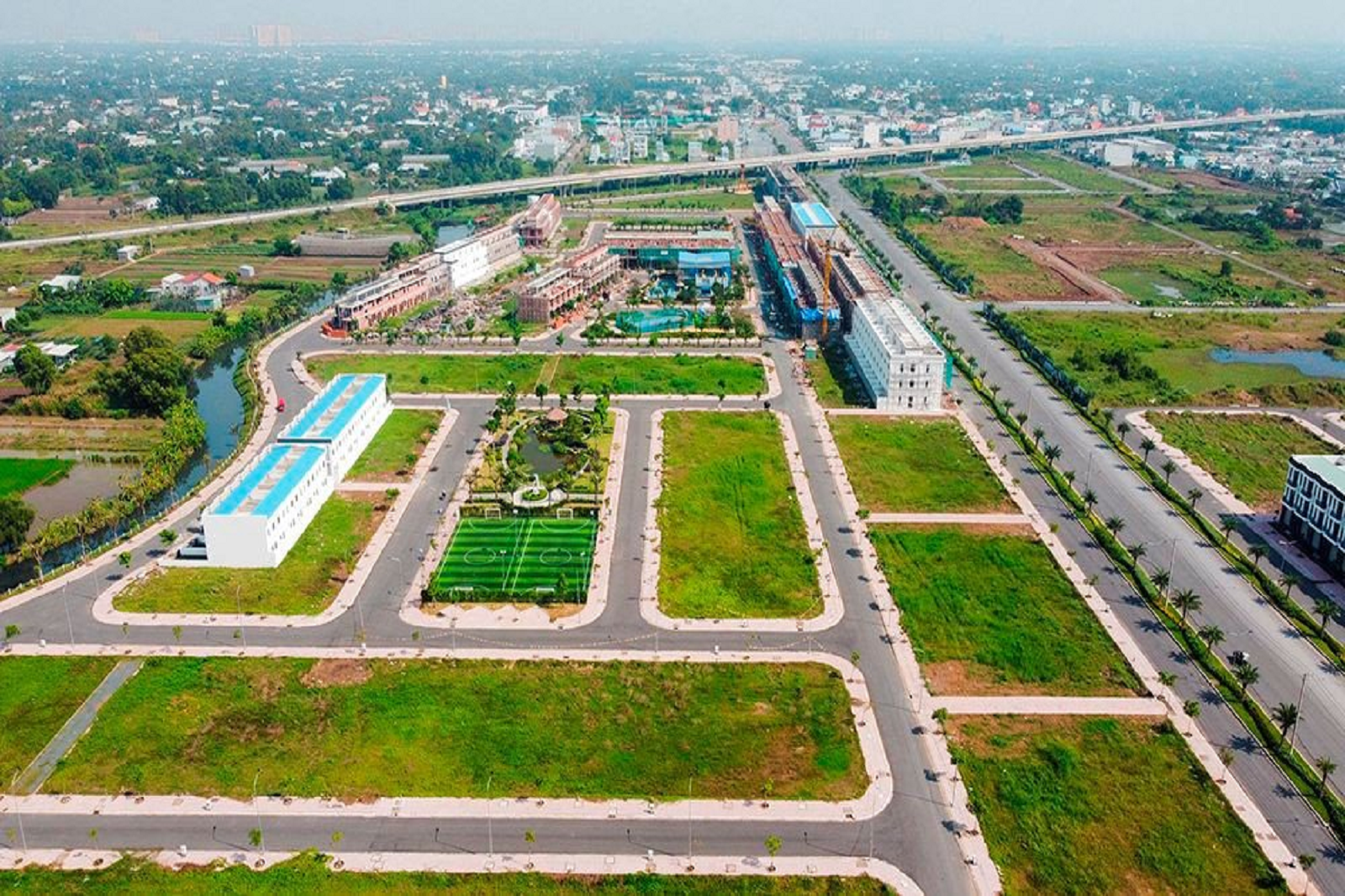
Completing land pricing policies in Vietnam
The Land Law 2013, Decree No. 44/2014/NĐ-CP on land prices, and Circular No. 36/2014/TT-BTNMT detailing land valuation methods, construction, adjustment ...
More details